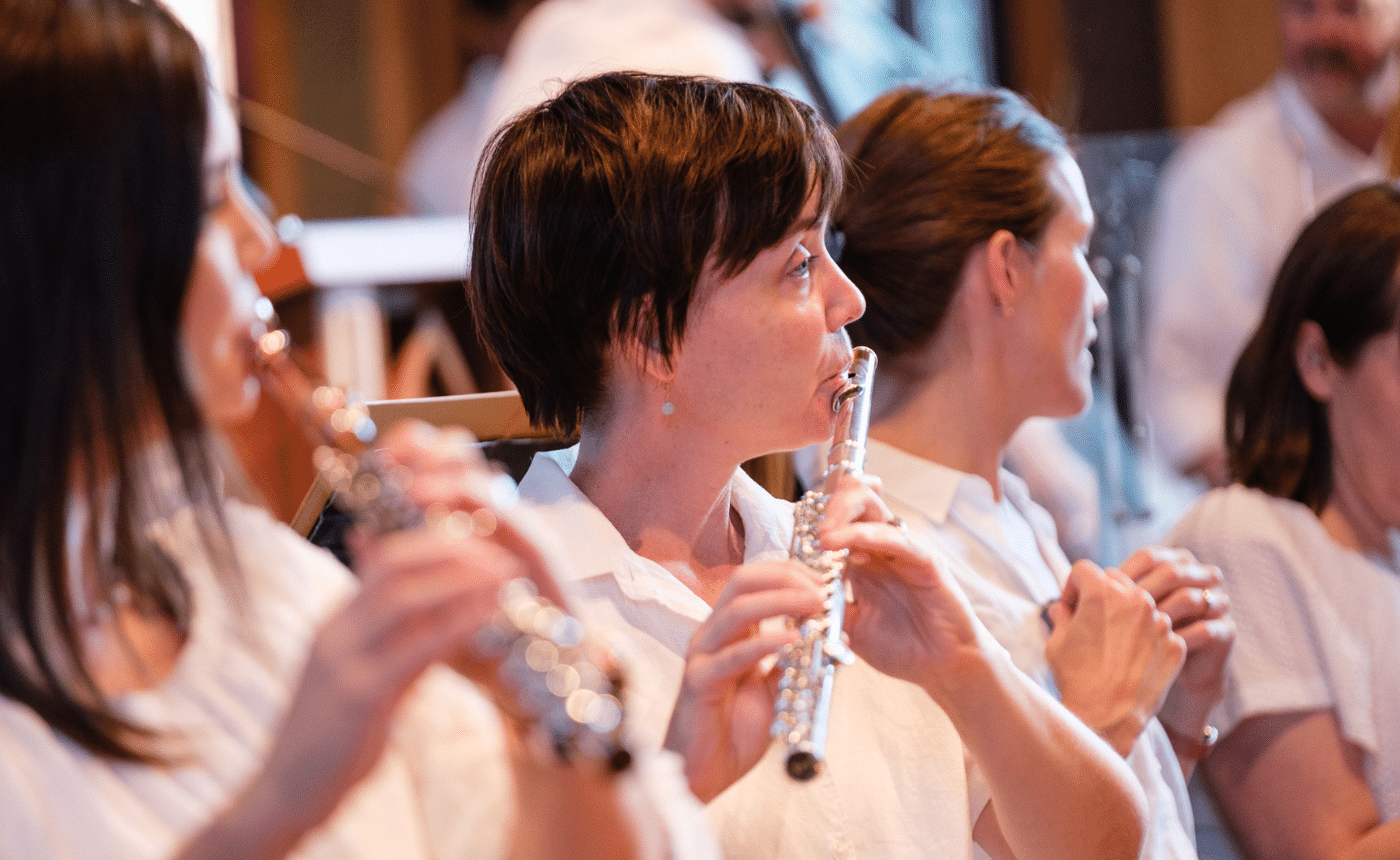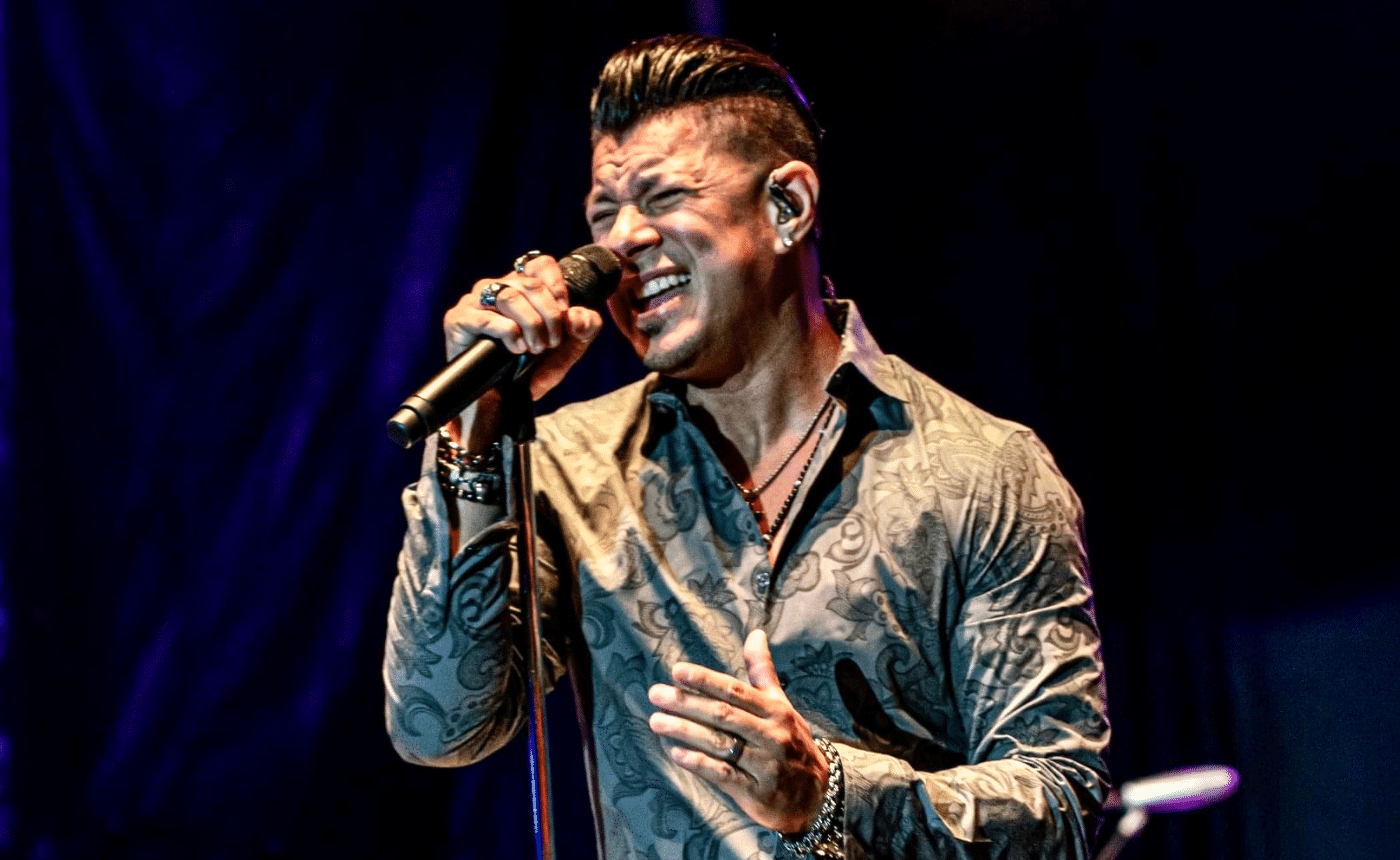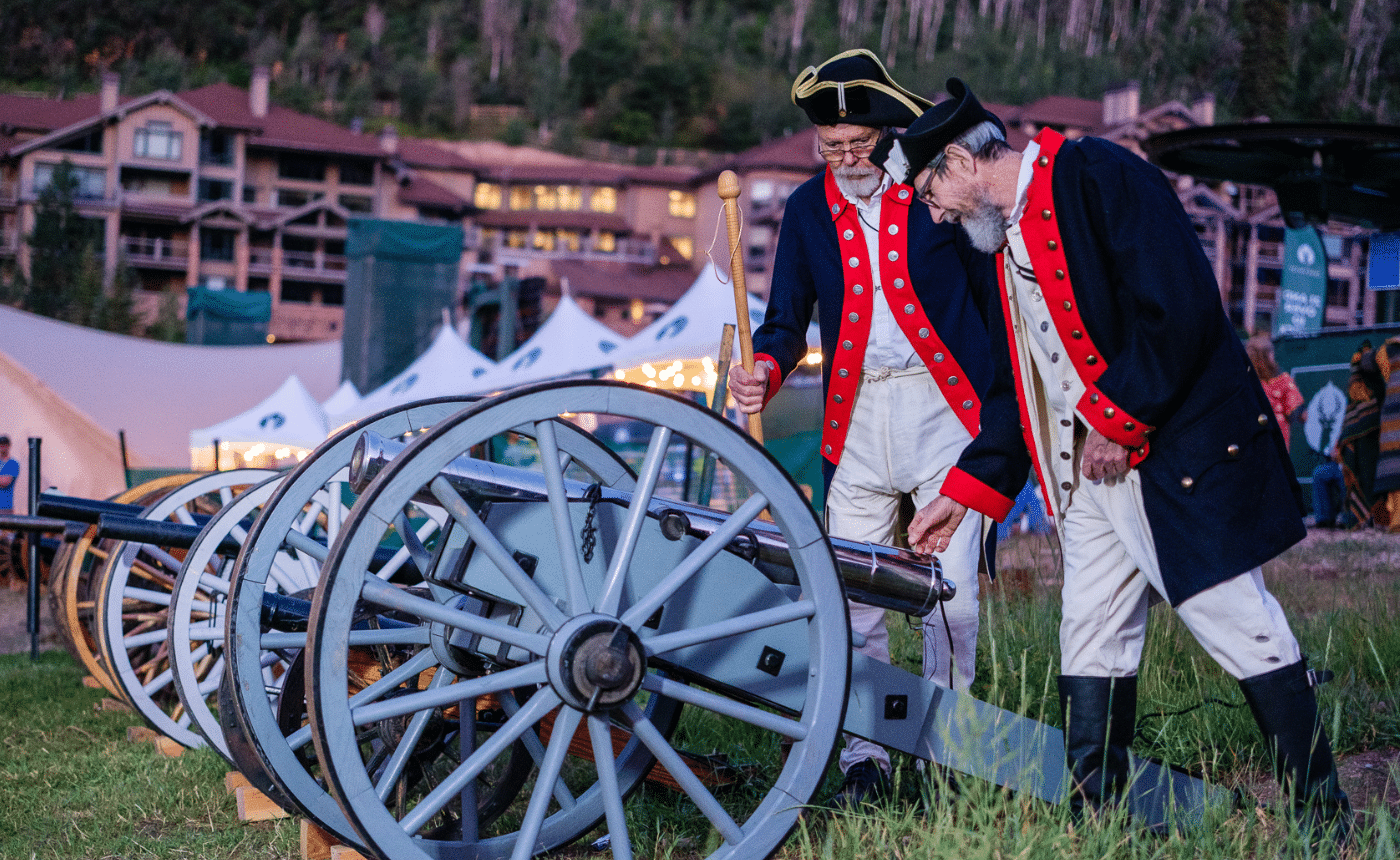Orff – Carmina Burana
Carl Orff (1895 – 1982): Carmina Burana
Instrumentation: 2 flutes, 2nd and 3rd doubling piccolo, 3 oboes,3rd doubling English horn, 3 clarinets, 3rd doubling bass clarinet, E-flat clarinet, 2 bassoons, contrabassoon; 4 horns, 3 trumpets, 3 trombones, tuba; timpani, antique cymbals, bass drum, campane, cass chiare, castanets, chimes, crash symbal, gloskenspiel, ragenlla, sonagliera, suspended cymbal, tam tam, tamburo, basco, triangle, xylophone, piano, celeste, strings
Performance time: 1 hour
Background
At least in part, classical musicians are known by the advocates they keep. For German composers of the 20th century including Carl Orff, the matter of public reputation is complicated by an inescapable question: What did you do during World War II? Carl Orff, an elemental musical talent who wrote operas and was an influential music educator, is remembered mainly for his amazing, tradition-busting oratorio Carmina Burana, which hit the music world like a thunderbolt. It is a work of exuberance and joy that is enduringly popular and widely copied. But Orff’s music had the misfortune of being popular with bureaucrats of the Third Reich, a fact that cast a shadow over his reputation here until American investigators found no reason to believe he held Nazi sympathies.
Born in Munich to a distinguished Bavarian military family in 1895, Orff grew up steeped in German cultural traditions and demonstrated his musical talent early; at a young age he learned to play the piano, organ and cello and composed songs. He graduated from the Munich Academy of Music when he was 18 with a portfolio of early compositions that showed the influence of Debussy’s innovations. He then turned to the more Viennese experiments of Schoenberg, Strauss and Pfitzner. But the year of his graduation was 1914, and Orff was coming of age in the shadow of World War I. Jobs as Kapellmeister at the Munich Kammerspiele and at theaters in Darmstadt and Mannheim honed his gifts in performance practice and music drama. In 1917 and 1918, as the war drew to a close, Orff was in his early 20s and was engaged in military service.
The development of Carmina Burana wove together all the main threads of Orff’s early creative life: his gift for theatrical spectacle, his scholarly interest in medieval forms, and the return to musical innocence of his work in music education with Dorothee Günther (whom he eventually married). The oratorio’s texts are the result of sympathetic work by an earlier scholar: a collection lyrics dating from the 12th and 13th centuries discovered at a monastery in Upper Bavaria by the musicologist J.A. Schmeller in 1847. Schmeller applied title Carmina Burana, referencing both the monastic order and the region of upper Bavaria where they were found. The obscure verses were mostly in Latin with some in early forms of German and even a bit of early French, but their content was about as far from academic dryness as you can get: these were lusty verses that celebrate the pleasures of loving and drinking, and that comment with ribald frankness on the vicissitudes of everyday life. Orff selected 24 of them for Carmina Burana. Written at a time when the church had a near-monopoly on music and poetry, these rambunctious verses pushed the boundaries of acceptable artistic expression in the Middle Ages. They were produced by poets including defrocked priests and minnesingers who counterbalanced the austerity of religious tradition with the earthiness of the here and now. Their humor can seem startlingly modern today.
What to Listen For
The boisterous energy and all-consuming rhythms of Carmina Burana make hearing it a physical experience as much as an artistic one. And who ever said classical music could be this much fun? (In fact, it was the irresistible sweep and popular appeal of this music that made it of particular interest to the Reich, which had repudiated many modern composers and musicians as “degenerate.”)
Billed as a “scenic oratorio,” Carmina Burana originally incorporated costumes for its vocalists as well as an elaborate set. This was a production concept that Orff intended for his subsequent oratorios as well, though his compositions rarely include these elements today. To analysts such as Hanspeter Krellmann and John Horton, this visual spectacle comports with Orff’s aural spectacle: driving, emphatic rhythms, gleaming orchestration and declarative intensity of musical utterance.
Often startlingly explicit, the lyrics of Carmina Burana have at various times been strategically condensed and expurgated. Sexy descriptions, such as one lover’s removal of another’s underwear, share time with raunchy double entendres, such as the description of a knight’s lance rising at the sight of his lady. As is so often the case, censorship has accomplished less than nothing to desensitize these passages, only adding to their fascination. The music, for its part, is not just brazen in shoving the poetry’s sensuality in our faces; it does so with glee, making everything it touches seem innocent. Nowhere is this more apparent than in the “In taberna” chorale (In the Tavern), a drinking song that describes the raucous behavior in a local tavern where everyone is present, accounted for, and drinking lustily — the bumpkin, the sage, the pauper, the sick man, the bishop and the deacon, the old woman and the mother among them. The music proceeds with a naive, bouncy double-rhythm that acquires the momentum of an avalanche.
Proceeding through sections on springtime, drinking and love, Carmina Burana forms a perfect arch, ending where it began — addressing “Fortune, Empress of the World” and complaining melodramatically about her fickleness. But if fortune is indifferent to merit, at least it has spared Orff’s most celebrated composition — a work that has become, with Handel’s Messiah, one of the most widely performed oratorios ever written.












